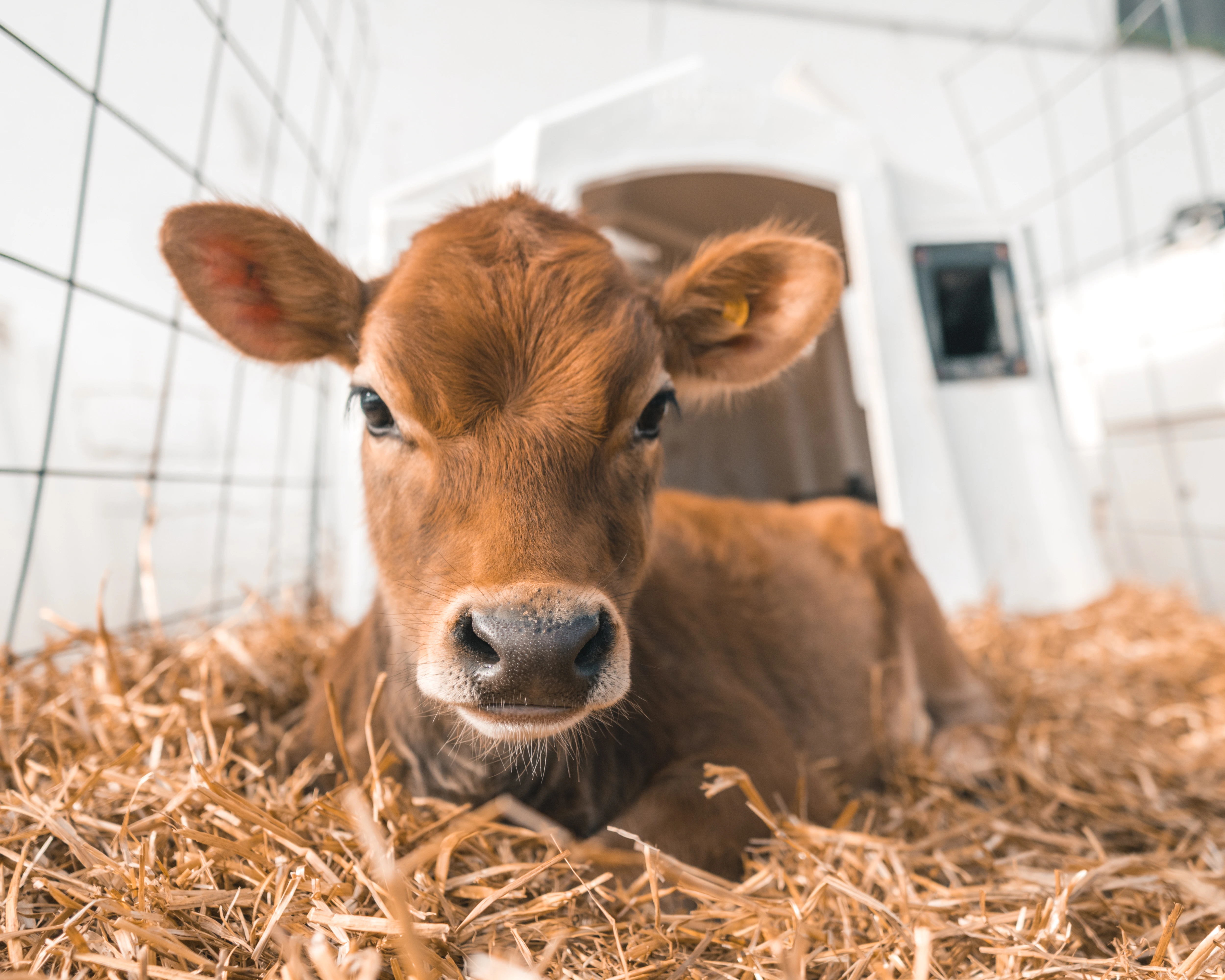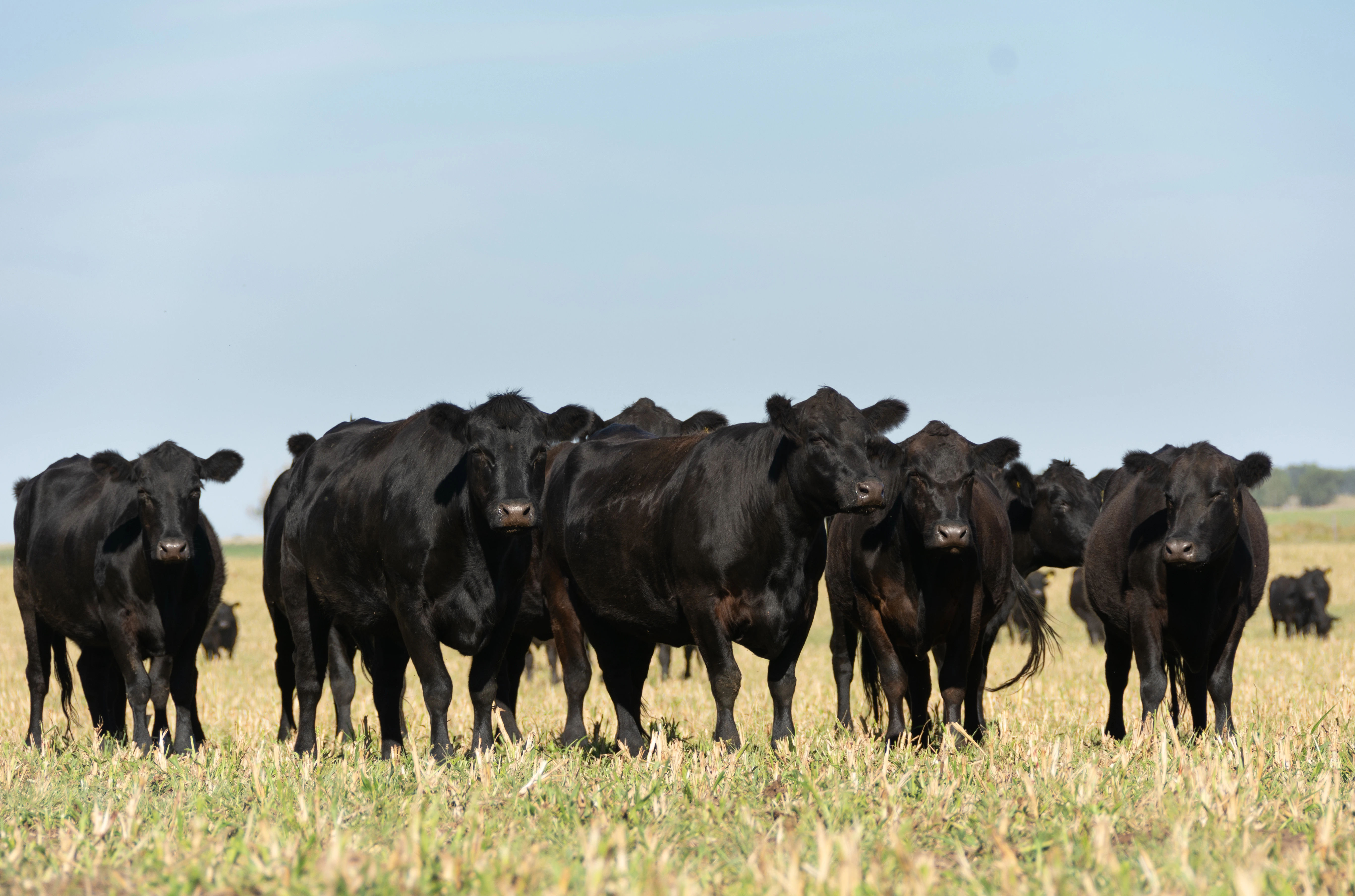
By Chris Malherbe, DVM
When I started practicing at The Dairy Authority 15 years ago, heifers were viewed as an asset to dairies, and bankers liked seeing a lot of them on the balance sheet.
Today, I would say heifers are viewed almost as a liability – especially any extra ones a dairy is carrying. With rapidly rising feed costs and relatively low prices for heifers today, it doesn’t make sense to raise any more of them than the ones you need to meet your own replacement needs.
With that in mind, there are a number of ways you can zero in on your replacement strategies and raise the “right” number of heifers, while improving replacement quality and boosting revenue for the dairy at the same time.
Before you create your action plan, you’ll need to get an accurate handle on your heifer inventory needs. This requires answering the following questions:
- Do you plan to stay the same size or grow your herd size in the near term? If it’s growth, how much?
- What is your current lactating-herd cull rate? Do you anticipate that changing for any reason?
- What is your abortion rate?
- What is your “dead on arrival (DOA)” rate?
- What is your death loss from birth to weaning? From weaning to breeding?
- What is your heifer attrition rate for reasons besides death?
When you know these figures, you can calculate the number of heifers you ultimately want to grow into replacements, and the number you need to create to get there. As an insurance policy, I recommend adding a cushion of about 10% to your “creation” number.
Then, you can select the strategies that will maximize your replacement quality and minimize the “waste” of raising too many heifers. These might include:
- Sexed semen – The ability to intentionally create females has been a game-changer for our industry. Each dairy’s deployment of sexed semen is unique. Some use it exclusively on virgin heifers for the fastest genetic progress. Others select the candidates from the lactating herd based on relative value. And still others utilize genomic testing to choose the sexed-semen recipients. When using sexed semen, remember to factor in the approximate 10% “failure” rate (male calves) that can be expected.
- Strict retention criteria – You can sort out the best replacement candidates by culling some heifers prior to breeding. This could happen as early as weaning age, or even younger with genomic testing. I encourage every dairy to know their average daily gain (ADG) from birth to weaning by weighing every heifer. At least the bottom 5% of these animals should be culled, and that percentage can be increased at your discretion. Examples of other culling factors are: treatment for 2 or more cases of pneumonia; failure to meet weight and/or stature standards by breeding age; and pneumonia detected by lung ultrasound.
- Breeding rules – Similarly, heifers can be dismissed from a milking career if they do not become pregnant in a timely fashion. Set criteria at which heifers become “do not breeds (DNBs),” such as after 2 unsuccessful services to sexed semen, or if they are not pregnant by 17 months of age. Some dairies also attempt a few more services to beef semen if the heifer is still a reasonable age. So, she might stay in the herd, but her genetics won’t.
Every dairy’s approach will be a bit different, and input from your veterinarian, nutritionist, and genetics supplier can help customize the best plan for your enterprise. As a part of almost any dairy breeding program, the strategic use of beef semen currently is very beneficial. The demand and market price for beef crossbred calves is exceptionally strong, adding more value to the animals that are not needed as replacements.
After you’ve put your plan in place, evaluate it about every 6 months to ensure that your animal numbers still are on track with your goals. And be sure to monitor market conditions and changes. If the demand and price for heifers suddenly go up (or feed prices drop dramatically – not likely!), you can pivot your strategy and make more heifers.








